There are fundamental differences between a plantar 3D scanner and a plantar pressure distribution system in terms of working principles, measurement targets, output data, and the focus of clinical applications.
Technical principles:
A plantar 3D scanner uses non-contact optical technologies such as laser, structured light, and depth cameras to reconstruct the three-dimensional point cloud or mesh structure of the external appearance of the foot; a plantar pressure distribution system uses contact sensors (pressure arrays, force plates, or in-shoe pressure mats, etc.) to record, in real time, the force signals and time series during foot–ground contact. The two belong to two different technical systems: “morphological measurement” and “mechanical measurement.”
Measurement variables and output:
3D scanning mainly outputs morphological parameters such as foot length, foot width, and arch height, as well as a three-dimensional surface model and volume; the pressure distribution system outputs pressure heat maps, peak pressure, contact area, and force-time curves showing the changes of center of pressure trajectory over the gait cycle. The former is suitable for quantitative morphological assessment and CAD modeling, while the latter is suitable for dynamic analysis and gait function evaluation.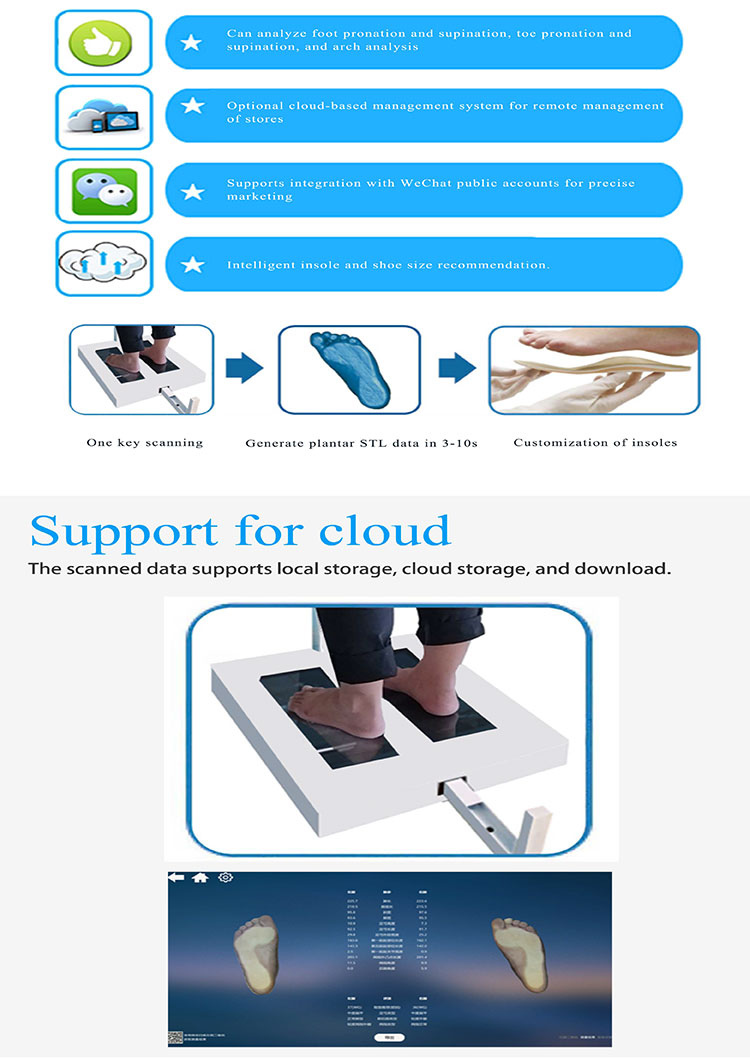
Clinical applicability:
3D scanning is usually used for custom orthotics and shoe-lasts, recording and follow-up of structural deformities of the foot; however, it cannot directly reflect functional collapse during walking or movement. The pressure distribution system has higher diagnostic value in gait analysis, identification of high-pressure points in trauma and diabetic feet, risk assessment of sports injuries, and monitoring of rehabilitation effectiveness. Therefore, the positioning of the two for clinical problems is complementary.
Comparison of advantages and disadvantages:
The advantages of 3D scanning are high-resolution morphological reproduction, non-invasiveness, and ease of digital archiving, but it lacks direct data on dynamic loading; the pressure system can provide time-resolved mechanical data, but is limited by factors such as sensor density, calibration, and wearing environment, and its spatial resolution and ability to capture morphological details are constrained. In addition, different devices and algorithms may differ in the definition of parameters and the setting of thresholds, so the results of a single test need to be explained cautiously.
Integration and application recommendations:
In practical work, the best clinical or engineering solution is often a combined evaluation of “morphology–function”: first obtain an accurate geometric model through 3D scanning, then measure and verify the loading pattern and high-risk areas through pressure assessment in simulated or actual wearing conditions, and finally integrate the two types of data for use in the design of personalized orthotics, efficacy evaluation, or scientific modeling.
A plantar 3D scanner and a plantar pressure distribution system each have their own unique characteristics: the former mainly focuses on “static morphology” and is suitable for digital modeling and product customization, while the latter emphasizes “dynamic mechanics” and is suitable for gait and functional assessment. Clinical and engineering decisions should select a single tool or a combination of the two according to the evaluation purpose, and at the same time use standardized acquisition processes, equipment calibration, and professional interpretation to ensure the usability and reliability of the results.

 +86-0755-86131192
+86-0755-86131192 2025-10-15
2025-10-15 Back to list
Back to list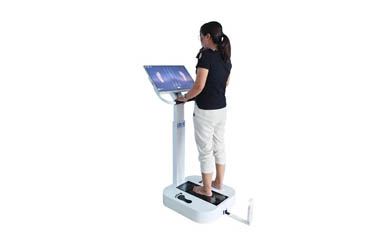
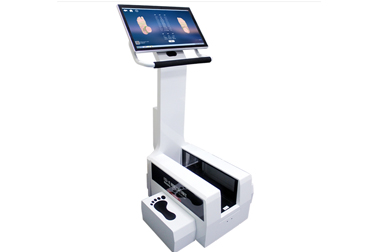
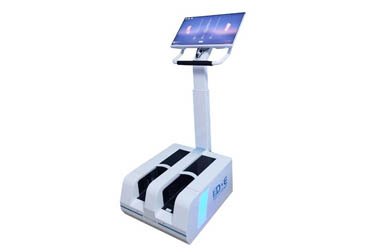
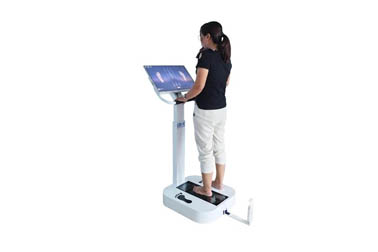
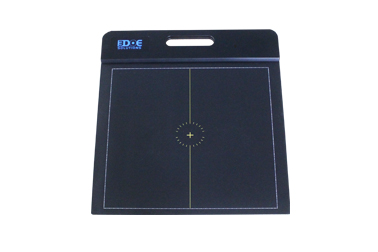
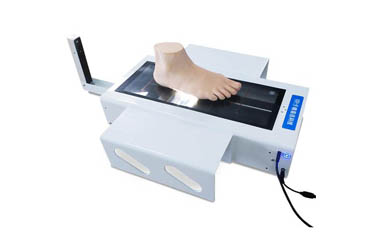



 +86-0755-86131192
+86-0755-86131192